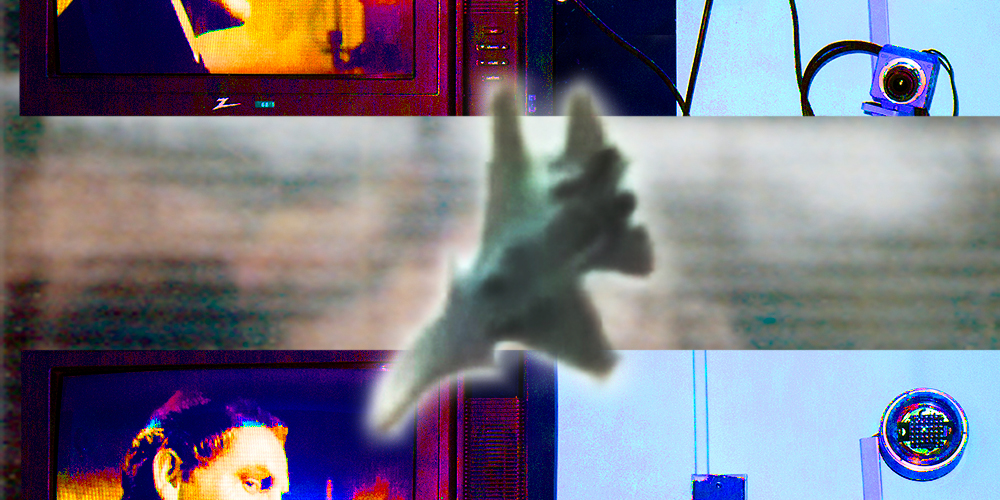Shortly after midnight on Saturday, March 8, 2014, Malaysia Airlines Flight 370 and all 239 people aboard vanished. To this day, MH370 remains lost, with the latest investigation finding no trace of the aircraft within a 44,000-square-mile stretch of the Indian Ocean. Despite the ubiquity of GPS tracking systems embedded in every smartphone, the constant contact of current communications technology, and the omniscient perspective of satellite imagery, a 250-ton airplane the size of a football field, along with everyone on it, suddenly disappeared. How could this be?
That is one of the questions explored by Tom Griggs and Paul Kwiatkowski in their book, Ghost Guessed (out now in English and Spanish from Mesaestandar). Far from Federal Aviation Administration investigators, Griggs and Kwiatkowski are writers and photographers who examine MH370 alongside the story of Griggs’ cousin Andrew, who died in 2009 when his personal plane crashed in Minnesota. The two events are juxtaposed against the authors’ own “free falls” during the Great Recession, which ravaged their career prospects and personal lives. The accompanying images cycle through photographs of Kuala Lumpur today, stills from old family VHS tapes, and interior shots of empty houses. Writing with a single voice, the authors describe working for the Federal National Mortgage Association, better known as Fannie Mae, taking photos of foreclosed homes during the subprime mortgage crisis:
Sometimes while I photographed, the negative space charged with the sense of being stared at. The houses had no hum of electricity, no sounds beyond my steps as I surveyed what wasn’t flushed out with the financial riptide that had taken away the previous owners. Most were utilitarian starter homes. If I had a family, these houses might be where we lived. I felt a dizzy nostalgia for a life I didn’t have.
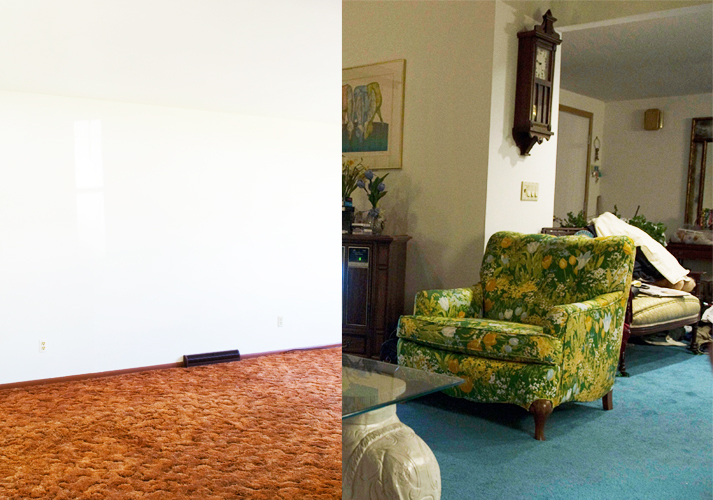
Part memoir, part meditation on loss, surveillance, perspective, and paradox, Ghost Guessed blurs the lines between the authors’ lives, between personal and public tragedies, between the past and the present. Grigg’s and Kwiatkowski’s photography not only illustrates the book’s twin narratives — the intentional return to the White Earth Indian Reservation in rural Minnesota, where Griggs’ cousin’s plane went down and a coincidental trip to cosmopolitan Kuala Lumpur, where the search for closure continues — but further pushes their exploration. A passage on poor visibility, for example, is subtly underscored by two photographs: the inside of a flight simulator and the view of a coastline from an actual cockpit. Despite being computer-generated, the landscape of the simulator appears more real than the coastline, which is distorted by refracted sunlight, windshield, and camera. Ghost Guessed suggests that, in this age of ubiquitous surveillance, we can still lose a jetliner because we’ve already lost ourselves.
I recently had the opportunity to speak with Griggs and Kwiatkowski about Ghost Guessed, how a story that’s ostensibly about plane crashes evolved into so much more, and why they took such unconventional turns at seemingly every possible juncture. In line with how they wrote the book, the authors chose to answer my questions collectively, which necessitated the interview to be conducted via email. Plus, as they apologetically explained, they were traveling at the time, flying back and forth.
Arvind Dilawar: What was the genesis of Ghost Guessed? Why did you two choose to have such an intimate collaboration, writing with one voice, presenting your photographs side by side as a unified collection, and collapsing the borders between your individual life stories?
Tom Griggs/Paul Kwiatkowski: The genesis was our shared fascination with the missing Malaysian airplane in 2014 and with how something so large, heavily monitored, and filled with people could simply vanish, especially when day-to-day life is so broadly recorded. The rumors, speculation, and news coverage surrounding the disappearance added a surreal dimension to what already didn’t feel real.
AD: Did that process help you see the connections between Andrew’s death and the disappearance of Malaysia Airlines Flight 370 — that is, the resonance of unexpected loss, the pining for closure?
TG/PK: Obsessing over MH370 led us down a rabbit hole to Tom’s cousin Andrew, who died in a plane crash five years earlier. In addition to this, we concentrated on the disorienting feeling of free fall in our lives that was caused by the recession. At that point, we realized that we had the narrative spine we needed to support our ideas about grief and processing absence through photography, technology, media, and memory.
As we moved along in the process of shaping the narrative, we realized there was a lot of overlap between our lives and at a certain point it made more sense to merge our voices into one. The collaborative structure of a shared memoir helped to move beyond the specifics of our individual stories and into broader ideas about searching and loss.
Transcribing certain key moments from our lives into book form gave us a finite ending to events and a sort of closure from grief that might have been unreachable otherwise. One of the strangest moments during the process of making the book was that, as we were finishing after three years of work, parts of the missing Malaysian plane began to resurface on the coasts of Africa, completing both narratives simultaneously.
AD: The book’s “narrative spine,” as you call it, is anything but straight. It bends between the present loss of MH370, the past death of Andrew, your ongoing life stories, and more existential explorations of society and technology, being and purpose. Do so many threads come together in modern aviation that a tragedy snapping them can be traced in all of these directions?
The contemporary world is now so entwined that almost any event could be selected as a focal point from which the world can be explored. The decisions we made moving out from our focal point created a design that allowed us to engage with networks of interconnection, like loss, technology, mythology, and conspiracy, to get at what happens when there is an interruption in our ideas of stability and control.
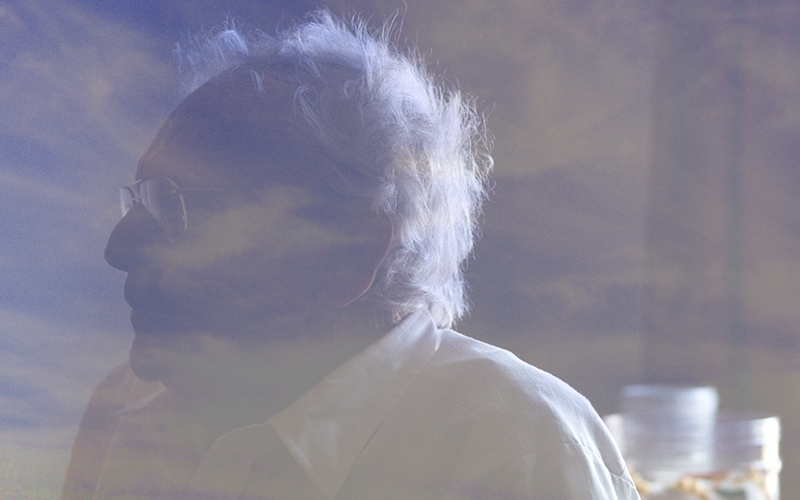
AD: There are a few uncomfortable coincidences that punctuate Ghost Guessed, such as your chance trip to Malaysia. Did that really come out of nowhere as you were writing the book or did you frame it that way for narrative’s sake? How much of the book is strictly true?
TG/PK: The trip to Malaysia was, in fact, incidental, but like so many other instances in the book, it aligned perfectly with building a narrative in real-time. Everything in the book happened in reality, although in a few cases timelines were adjusted and details changed to smooth out the sequencing and narrative. In the end, we favored truth over strict adherence to fact.
The more we engaged in the process of writing and investigating, the more the material began to reflect our lives. At a certain point, we also began to live the book: Opportunities arose to visit Malaysia and also to return to the White Earth Indian Reservation, where Andrew’s plane crashed. Those moments of serendipity gave Ghost Guessed a sense of location and fate, as though a feedback loop of ideas we explored in the text also played out in real life.
AD: You mention favoring “truth over a strict adherence to fact,” which reminds me of a quote from Hunter S. Thompson: “Facts are lies when they’re added up.” What is the difference between truth and factuality?
TG/PK: One’s truth can be held above and beyond facts — for example, religious or superstitious beliefs in which one’s idea of what is true goes beyond scientific and provable facts. We aimed for the former over the latter as a way to explore our core ideas in the most direct way possible, in order to not let factual details of sequence, for example, create a more oblique route to talk about truths that are important to us.
AD: Can you describe the writing process? Elements of both of your lives are incorporated into the story, so how did you decide on what this new, collective biography should look like?
TG/PK: Each chapter was passed back and forth several times, then edited down until what was left felt singular enough to have come from one narrator and reflective of the tone we wanted. The process usually began by one of us telling a story. The listener would document and interpret the story from their perspective. We also had a shared folder full of news images, YouTube screengrabs, maps, old family snapshots, .mov files of grandpa’s home VHS tape collection, social media pictures, and personal photography. Once we laid out our selects, the arc of visual media we accumulated started to align with the text.
AD: The two of you live in different hemispheres, so communications technology must have played a huge role in the writing of Ghost Guessed. Did it influence the book’s content?
TG/PK: It did have an influence, because being able to send texts, photos, and engage in real-time communication was important to how we developed the project. We were in constant correspondence for about three years, and when Tom, for example, revisited the location where Andrew’s plane went down, we had the ability to communicate about the feelings of being there at that moment and deciding which images would best reflect the experience.
In the book, we talk about Andrew’s last text message to his family while he was flying and about how families of MH370 victims continued to try to engage their lost loved ones through text long after the plane’s disappearance. When real-time communications are unexpectedly cut, there is a frantic sense of disorder, exposing how much technology compresses.
AD: Among the original photography from you both, the book contains old family photos. What was your intention in pairing the photographs with the text? Sometimes the images appear to illustrate the narrative, but other times they simply picture empty landscapes and interiors, suggesting the absence of something — or, conversely, the presence of ghosts.
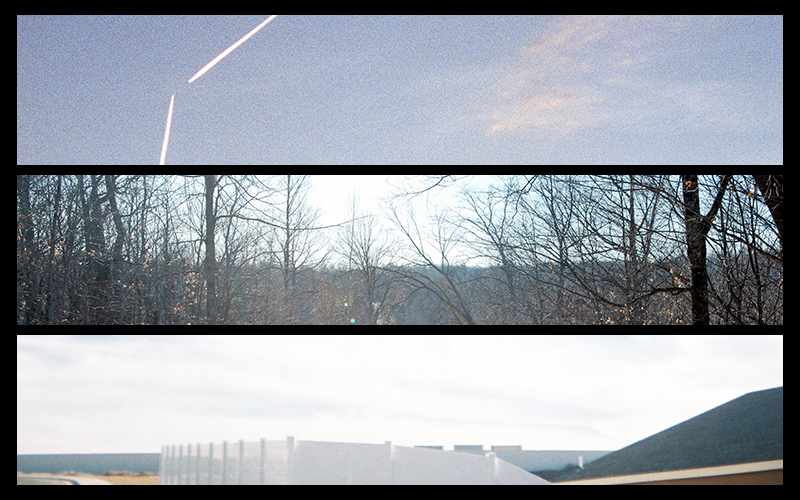
TG/PK: The photographs come from both of us, although the images specific to Andrew’s crash and the family portraiture are drawn from Tom’s family archive. Our intention wasn’t to pair the images and text in an illustrative way but to weave them together into an edit that feels reflective of the tone in the text.
During the recession there happened to be a lot of empty interiors. We never realized it until we looked back on the photographs we took during that time. We became fascinated with spaces people passed through and lived in, but were unwillingly flushed out of.
AD: You’ve brought up the recession a couple of times, which is making me realize that it’s probably the third most significant event in the book, after the disappearance of MH370 and the death of Andrew. Are these three events related beyond the fact that you experienced them to lesser or greater extents? Are they all just more particular or more general examples of “the bottom falling out” — that is, our assumptions about the security of our lives and our society revealing themselves to not actually be true?
TG/PK: The recession is less an event in the book and more an underpinning tone, a background template against which the other topics are discussed. Airplane crashes bring to mind specific, almost archetypal visions that we turn to a spiraling downwards or an explosion. The Great Recession, however, is something that cuts across many ideas and images: a bank account in zeros, an empty home, Occupy Wall Street. We envision the plane crashes and recession almost like two chords harmonizing. The three events you mention bookend a very specific moment of instability, not only in our lives but also in history. With Ghost Guessed, the mediums hopefully converge to provide a very specific container for a contemporary memoir of prose and image.
AD: Ghost Guessed is in many ways an innovative book, but one of its most apparent distinctions is that the text is presented in both English and Spanish. Why did you choose this bilingual approach? Is it significant that photographs, by their very nature, don’t have to be translated yet text does?
TG/PK: One of the initial overlapping synchronicities between our narratives was that Paul had spent time in Medellin, Colombia, where Tom now lives. From the beginning we wanted the project to be distributed and seen by a Latin American audience, specifically in Colombia. There’s also a practical side in being able to offer the book more widely and to more readers. We felt that as long as we didn’t hurt the design by including both languages, we should do it.
We don’t believe that photographs are read universally the same, and so the same question of translation is still in play. Image reading depends on the person and culture from which they are viewed, meaning shifts across location and time. Within any given context, the translation of a photograph’s meaning can be interpreted differently.
AD: That’s a fascinating point that photographs can be read differently by different people. Are there any particular examples from the book of photos that either of you read differently or that you’ve noticed have been read differently by English speakers versus Spanish speakers?
TG/PK: In general, it seems that images are being read in a more generalized and metaphorical way by our international audience, who would be less familiar with the cultural specifics of the situations portrayed in the photographs taken in the United States. Our U.S. audience is pulled more into specific details and cultural touchstones, such as remembering when a certain style was in fashion. In that way, the images engage memory differently as well, between people who lived through similar spaces and moments, and those who did not.
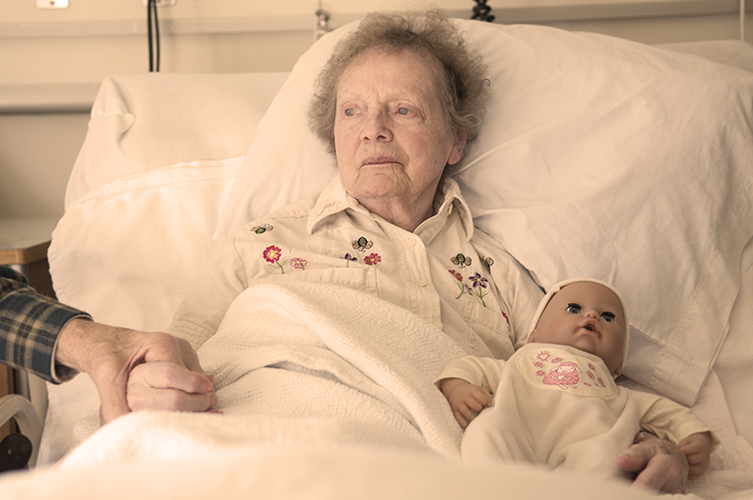
There are images, however, that are read more similarly — especially the more contemporary images, which reflect how the delays of dissemination in technology and culture from the US to foreign markets before the 1990s have been erased today. Now we all increasingly wear the same things and take the same quality of pictures at the same moment. The iPhone is a great example of the ubiquitous nature of technology smoothing out photography towards a more uniform aesthetic.
AD: Based on everything that you’ve read, what do you think happened to MH370? Is finding it important only in terms of providing closure to the families and friends who have lost loved ones, or do we as a society need to find it for some other reason, such as to reestablish the narrative that we have control over our own lives?
All we know is that the plane went down somewhere over the ocean and a lot of people died in one of the most terrifying ways imaginable. It’s intensely upsetting to think about, but we’re sure having the resolve that comes with knowing why this happened would help the families process the immense sense of loss they must be feeling. We don’t think it’s our place to further speculate on what could’ve happened with no tangible evidence.
Of course, we want to think that we have control over our lives and the circumstances that govern them, and for some, finding parts of the plane might have returned a sense of control, but many people will shift their attention to other unexplained events. It’s almost like we seek out mysterious occurrences to feel wonder and mystery, but also dread as we confront the terrifying question of how parts of our existence are out of our control. For the casual observer, ultimately finding the plane is as disappointing as it is reassuring. •
